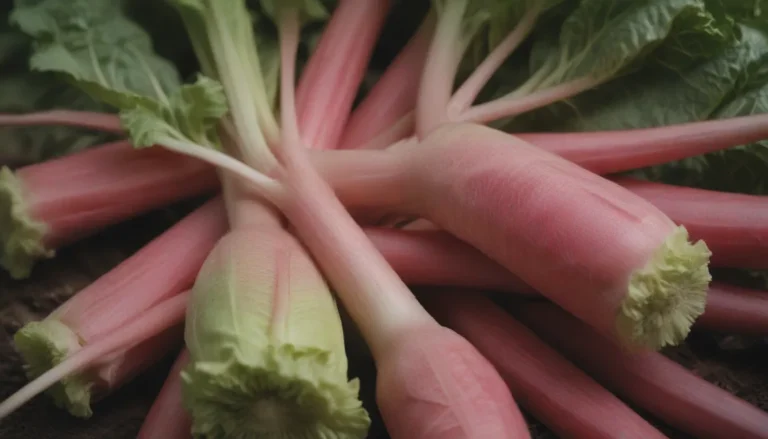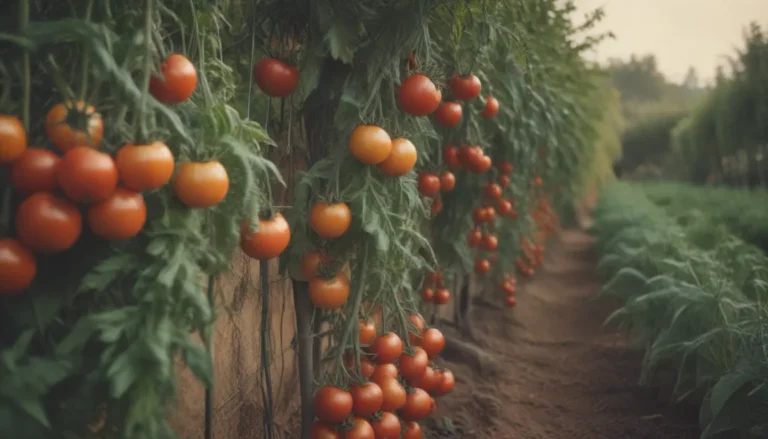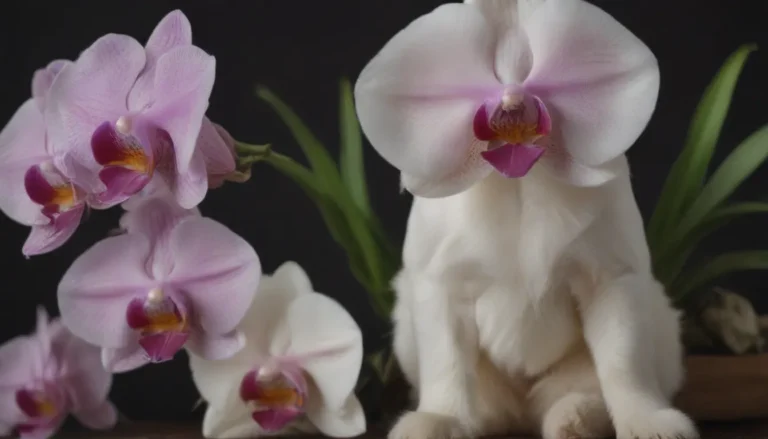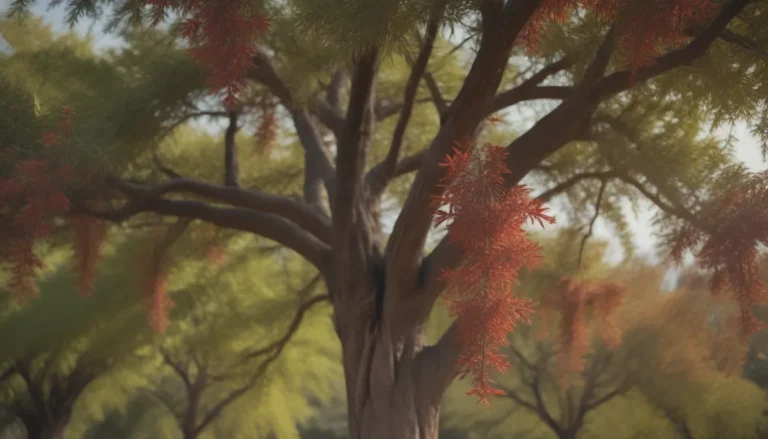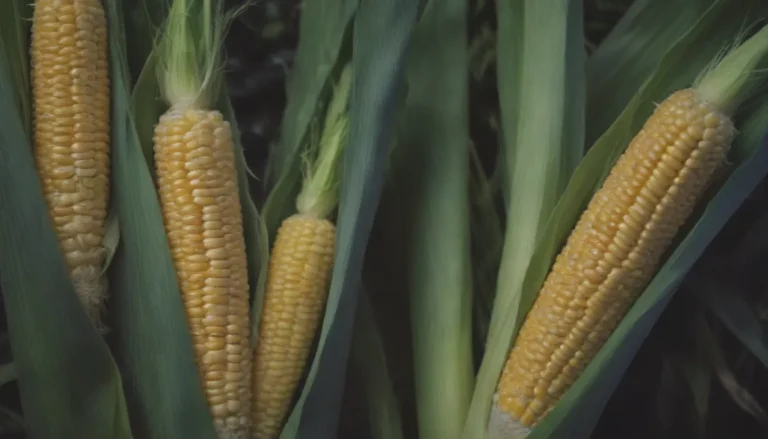Comprehensive Guide to Growing and Caring for Stinging Nettle
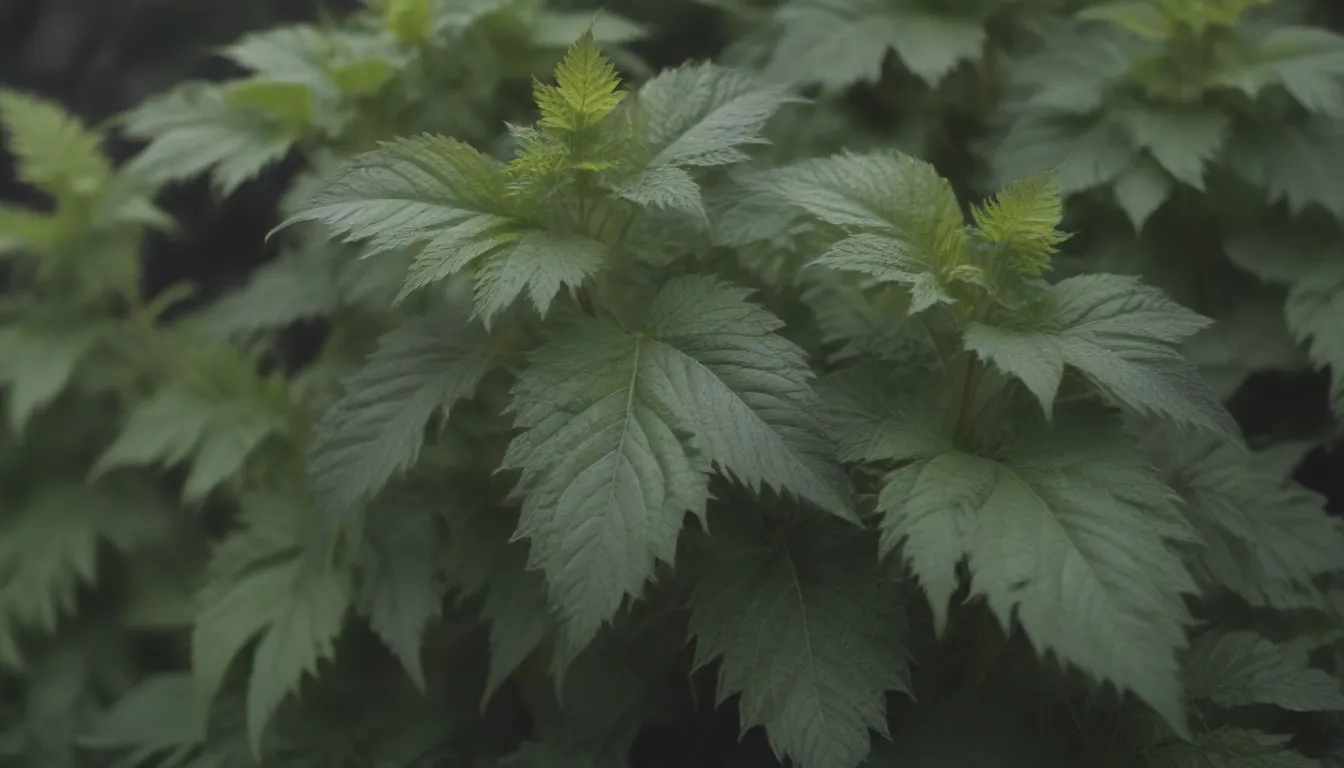
Stinging nettle, also known as Urtica dioica, is a versatile herbaceous perennial that is often considered a nuisance weed. However, this plant has unique benefits and can be cultivated intentionally in the garden. In this extensive guide, we will explore the growth and care of stinging nettle to help you cultivate this plant successfully.
Introduction to Stinging Nettle
Stinging nettle features erect stems that can reach a height of three to seven feet, adorned with soft-green pointed leaves with serrated edges. The plant’s leaves and stems are covered with fine hairs that contain a burning, stinging chemical, making it essential to handle this plant with care. Despite its reputation as a weed, stinging nettle has nutritional value and serves as a food source for butterfly larvae.
When cooked, stinging nettle leaves resemble spinach in taste and are packed with essential nutrients such as vitamins A and C. As a fast-growing plant, stinging nettle matures quickly during the growing season. It’s important to note that while stinging nettle is mildly toxic to humans, its toxicity levels can vary for pets.
Stinging Nettle Care
Stinging nettle is relatively easy to cultivate, whether by dividing existing roots or sowing seeds indoors or directly in the garden. Here are some key care tips to ensure the successful growth of stinging nettle in your garden:
- Planting: Divide existing roots or sow seeds indoors before the last frost.
- Protection: Wear protective clothing when handling stinging nettle to avoid skin irritation.
- Maintenance: Regularly harvest the plant to prevent overgrowth and spread.
Warning
Due to its vigorous underground stolons, stinging nettle is considered an invasive species in many regions. Deliberate cultivation of stinging nettle may lead to its rapid spread, making it crucial to manage the plant carefully to prevent it from overtaking your garden.
Light: Stinging nettle thrives in full sun conditions but can tolerate some shade. Ensure adequate sunlight to promote healthy growth.
Soil: Plant stinging nettle in moist, loamy soil rich in nitrogen and phosphorus. The plant can adapt to various pH levels but prefers rich, fertile soil.
Water: Maintain regular watering, especially in climates with infrequent rainfall. Stinging nettle is tolerant of short periods of drought but thrives in moist conditions.
Temperature and Humidity: Stinging nettle grows well in different climate conditions within USDA zones 4 to 10. While it prefers humid environments, it can adapt to dry conditions with sufficient soil moisture.
Fertilizer: Nettles benefit from nitrogen-rich soil, making periodic feeding with compost or nitrogen-heavy fertilizers beneficial for plant growth.
Types of Stinging Nettle
Stinging nettle encompasses several subspecies, with most featuring stinging barbs. Here are six common subspecies of stinging nettle:
- Urtica dioica subsp. afghanica
- U. dioica subsp. dioica
- U. dioica subsp. gansuensis
- U. dioica subsp. gracilis
- U. dioica subsp. holosericea
Pruning
Deadheading spent flowers helps prevent stinging nettle from spreading through self-seeding. Minimal pruning is required, with occasional removal of dead stalks before winter.
Propagating Stinging Nettle
Propagating stinging nettle is straightforward, involving the transplantation of existing plants to new locations. Here’s a simple guide on how to grow stinging nettle from seed:
How to Grow Stinging Nettle From Seed
- Collect seeds from mature plants.
- Sow seeds indoors in seed trays before the last frost.
- Keep the soil lightly moist until seeds germinate, typically within 14 days.
- Transplant seedlings outdoors when the soil is warm enough.
Overwintering
Stinging nettle is a hardy plant that does not require overwinter protection. Remove dead stalks in late fall to prevent self-seeding.
How to Get Stinging Nettle to Bloom
While flowering is unnecessary for stinging nettle, providing adequate water and sunlight can encourage blooming. Ensure controlled propagation to prevent unwanted spread through self-seeding.
Harvesting and Using Stinging Nettle
Stinging nettle leaves and stems are edible but must be cooked before consuming to neutralize their stinging properties. Harvest the top third of the plant above a leaf node for optimal flavor and freshness. Use stinging nettle leaves in various recipes as a nutritious substitute for cooked spinach.
To remove stinging nettle from the garden, follow these steps:
– Moisten the soil to ease root removal.
– Carefully dig around the plant’s base to loosen roots.
– Pull out the plant with intact roots and remove any remaining root pieces.
– Dispose of plant clippings in compost or yard waste bags to prevent regrowth.
– Cover the site with a tarp or cardboard to inhibit new plant growth.
Benefits of Stinging Nettle
Stinging nettle attracts butterflies and pollinators, contributing to the ecosystem’s biodiversity. While primarily recognized for its nutritional value, stinging nettle serves as a vital food source for butterfly larvae and supports local insect populations.
In a study comparing the nutritional properties of stinging nettle flour with wheat and barley flours, researchers highlight the plant’s potential as a dietary supplement. Further research explores the chemistry and toxicology of stinging nettle plant hairs, shedding light on its unique properties.
Conclusion
Growing and caring for stinging nettle requires attention to its unique characteristics and cultivation needs. By following these guidelines and tips, you can successfully incorporate stinging nettle into your garden while appreciating its ecological significance and nutritional benefits.
In conclusion, stinging nettle is a versatile plant that offers both practical and aesthetic value when cultivated mindfully. By understanding its growth requirements and maintenance practices, you can enjoy the benefits of this plant while supporting local biodiversity and ecosystem health. Cultivate stinging nettle with care and appreciation for its unique properties, and you will reap the rewards of a thriving and sustainable garden environment.
Remember to handle stinging nettle with caution due to its stinging properties and to harvest and utilize the plant responsibly to maximize its benefits. Embrace the versatility of stinging nettle in your garden and discover a new dimension of plant cultivation with this resilient and beneficial herbaceous perennial.
